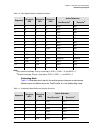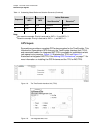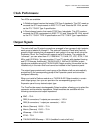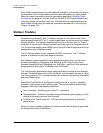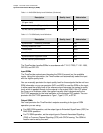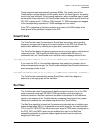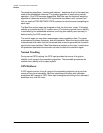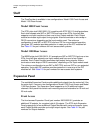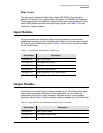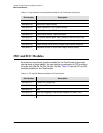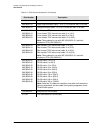
Chapter 1 Overview of the TimeProvider
BesTime
44 TimeProvider User’s Guide 097-58001-02 Revision G – April 2008
Two weighting algorithms - tracking and holdover - determine which of the inputs are
used as the ensembled reference. The tracking algorithm is used during normal
operation. If the GPS becomes disqualified, BesTime uses the holdover weighting
algorithm to determine what the GPS input would have been had it not been lost.
You can use the RTRV-BESTIME-STATS command to view the current weighting for
each input.
The BesTime control loops are designed so that the short-term (under 10 minutes)
stability is controlled by the LO, medium-term (10 minutes to several hours) stability
is controlled by the ensembled reference, and long-term stability and accuracy is
determined by the GPS control input.
The control loops can use either measurement data or prediction data. The inputs
are measured for phase, frequency, and drift transients. When the input to either loop
is determined to be valid, then the measured data is used to generate the correction
signal to the local oscillator. If BesTime detects a transient on the input, it switches to
the prediction data before the transient can start to affect the correction signal.
Normal Tracking
During normal GPS tracking, the GPS input provides the source of long-term
stability for all inputs to the ensembling algorithm. The ensembling improves the
medium-term stability of the output signals.
GPS Holdover
If GPS signals are lost, then all inputs to the ensembling algorithm have lost their
source of long-term traceability. BesTime substitutes the inputs with calibration
predictions with respect to GPS. Each input is weighted according to the estimated
prediction error over 24 hours.




